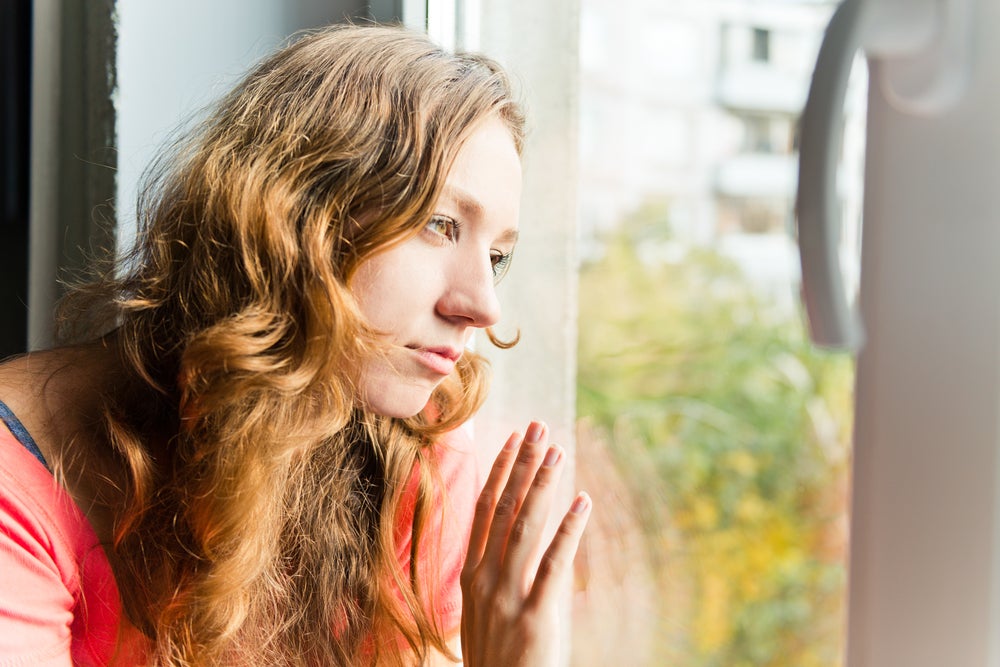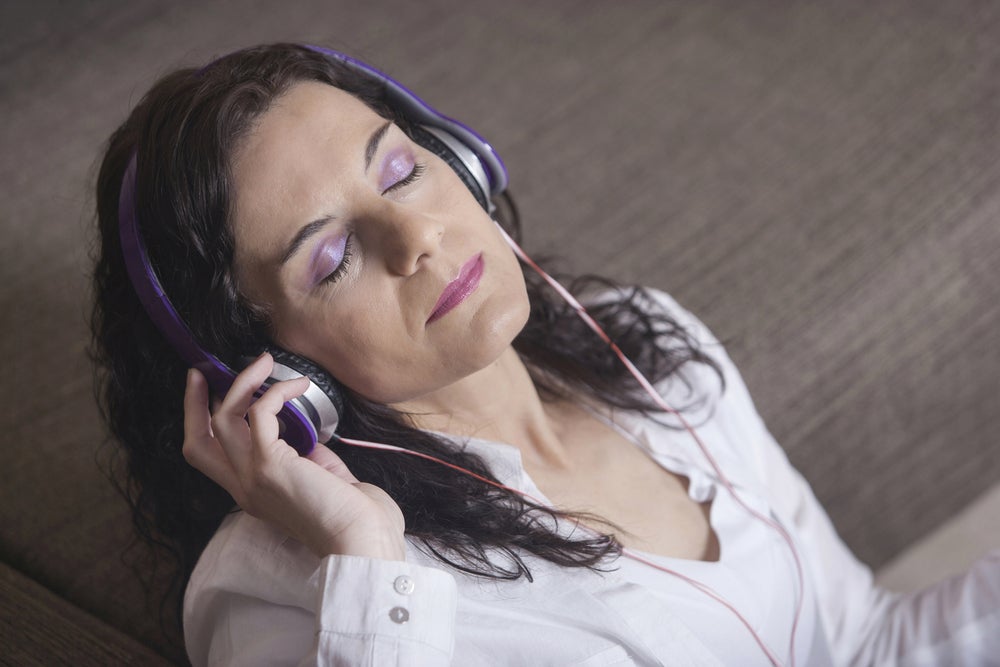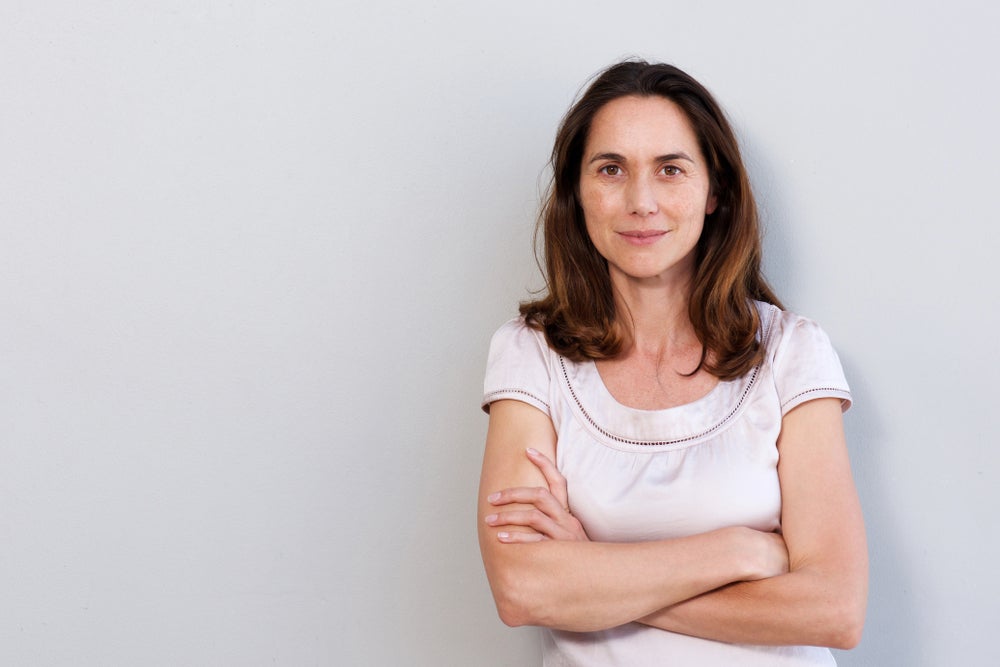Marianne’s Abdominal Hysterectomy
Age at Surgery 36
Location: London, UK
When I became pregnant at 33, at my first scan I was told that I had two fibroids (7cm and 4cm) which I was unaware of. Until that point, I thought that my heavy and painful periods were due to having hashimotos and being hypothyroid. I was told the fibroids were likely to grow during my pregnancy, but were not in a place in the womb that was likely to interfere with the baby or labour. Following childbirth, my consultant gynaecologist told me that if I was planning on having another child I should do so within a year because the fibroids were likely to keep growing and I wouldn’t be able to do anything drastic about them until I completed my family. Once my periods started again, 6 months after birth, they were heavier than ever and left me severely anaemic every 3 and a half weeks. My GP prescribed tranexamic acid, which meant I could actually leave the house without worrying too much about flooding, but I still had heavy and painful periods. The fibroids were bigger and visible from the outside and my womb was the size of a 4-5 month pregnancy.
My GP’s solution was to refer me to get an IUD (Mirena coil) fitted despite my showing her research that shows this wouldn’t work for fibroids as big as mine. The consultant gynaecologist I saw for the IUD told me as soon as I stepped in the room that this would not work for me and that surgery was my only chance at relief. She tried to fit the IUD as an interim measure anyway, but due to the distortion caused by all the fibroids (I had a third one on my cervix by now) it was impossible. I was finally referred to discuss surgery options with a consultant gynaecologist. I was given the facts for myomectomy and hysterectomy and as I decided already that I was not prepared to put my body through another pregnancy, ever, the hysterectomy option pros weighed more than the myomectomy. I did get a second opinion from a gynaecologist family friend, but I felt that he didn’t understand that my decision not to have any more children was final and that there was no way that was still going to be a factor in my decision. His judgement seemed clouded by his own experience of having more children at a later age, as well as familiarity (he and my dad grew up together).
I went into hospital for my surgery at 11:30am and by 1pm I was being led to be given the general anaesthetic. I remember vaguely half-waking up in the recovery room and mumbling something about pain (I may have said I wanted an epidural – or possibly just thought about it – because I must have associated the pain with labour pain), and then I was handed the morphine button which made me happy! I dozed off and woke up again in the ward where I stayed for 3 days.
I had a catheter for the first day, but by the time it was removed I was able to get up and walk (very slowly) to the bathroom. When the morphine drip was removed, I was given paracetamol, ibuprofen and codeine pills. I tried to get through without the codeine because I was worried about it making me constipated, but the pain was too much so I took it when it was too unbearable.
The first two-three weeks after the surgery were quite tough. I was unable to do much other than lie on the couch or the bed. My mum stayed with me which was a life-saver as she could help look after my 2-year old as well as me. Initially, things like sneezing or coughing, or any movements in my bowels would hurt immensely but eventually it got better. I felt that I had reached a turning point when I sneezed and didn’t scream with pain afterwards! I continued to take codeine at night for the first two weeks until I could fall asleep without too much pain. Around the 8th day I started having some spotting which made me panic until I discussed it on hystersisters and found that it was really common. It did last for a few weeks and varied in quantity but was never heavy bleeding.
I started driving again at 4 weeks, and was finally able to lift my 2 year old by 6 weeks – although a couple of times I overdid this and was in some pain afterwards! I was seen by my GP at 4 weeks and returned to work at 6 weeks. The first week back was quite tough and I was in bed by 8-9 every night, but by the second week I felt like I was back in the swing of things.
Once I recovered from the actual surgery (remember – there are various layers of skin and tissue that need to heal), I began to feel like my old self. Not just pre-surgery, but pre-pregnancy and more – I’d say I feel how I felt 6-7 years ago. It wasn’t until this moment that I realised how much my health and livelihood was affected by the fibroids and probably the strain of pregnancy and labour. I regained the drive to move and exercise, having been sluggish and rusty. I have the energy to prepare healthy meals and not just get deliveries, and I have been able to maintain a much healthier diet which maximises the benefits I’ve already gained from having a damaged organ removed from my body. I am glad I persisted with getting the referral for the surgery, because I can move on with my life now.
There is a lot of emotion attached to a hysterectomy because it is the organ that reproduces life. For me, having experienced pregnancy and childbirth, I was able to assess how my health was affected by the process and decide that I wasn’t prepared to put myself through it again. It was my decision, but it didn’t even feel like that. It felt like my body was not up to it regardless of how I might have felt about having more children. As it happens, I am happy with the one I have but I know that even if I wanted more they would have to come out of someone else’s womb!
The biggest piece of advice I would give to anyone considering a hysterectomy is, do your research. Find out if it is the best solution to your problem. Assess your life and livelihood, ask yourself how this might change if you have a hysterectomy. Make lists of questions and ask your doctor, and don’t be afraid to ask for a second opinion if you feel you’re not being listened to. Find out the risks involved, but don’t get overwhelmed by them. Weigh these against the alternative, whether that’s continuing life as it is now or seeking other medical solutions.







